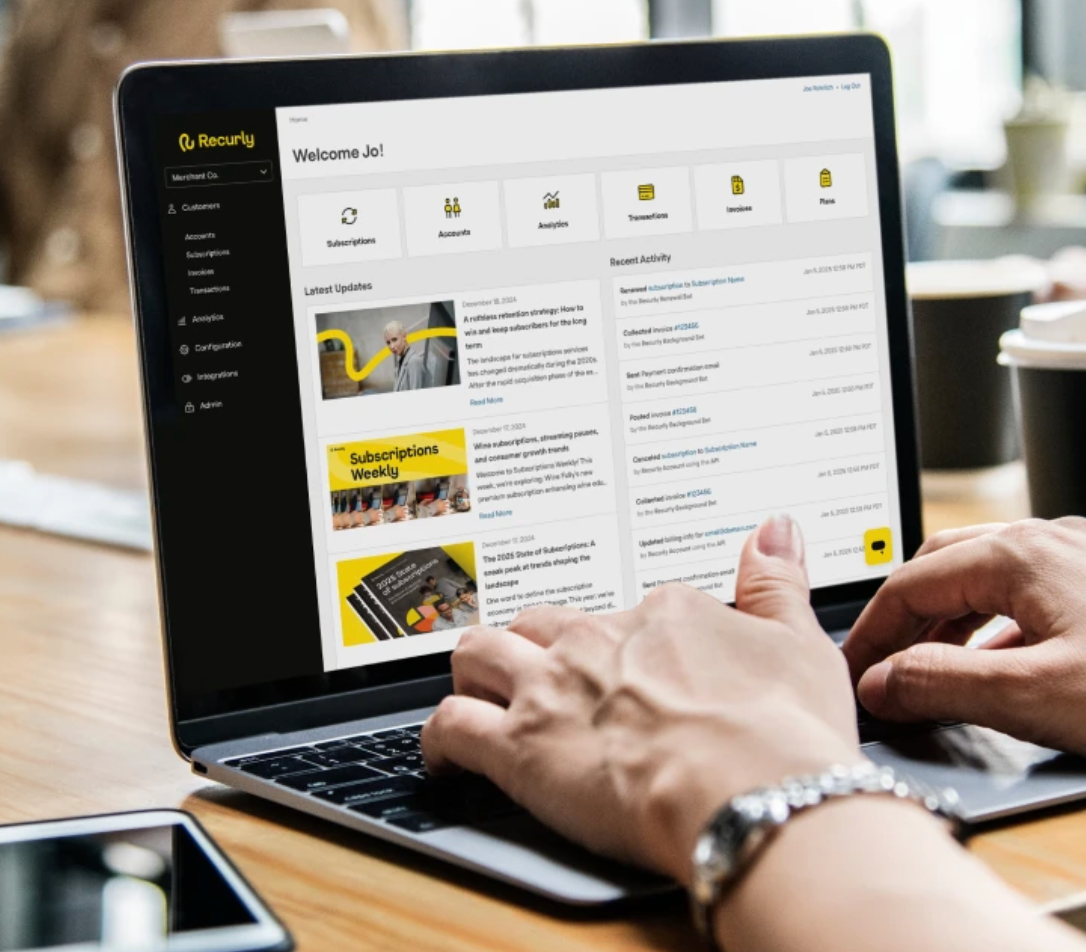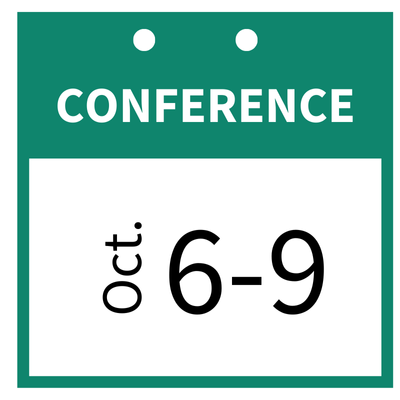
Strategies for Revenue Protection and Growth During Crisis
Lorem ipsum dolor sit amet, consectetur adipiscing elit. Ut elit tellus, luctus nec ullamcorper mattis, pulvinar dapibus leo.
HELLO!
This premium article is exclusively reserved for Subscription Insider PRO members.
Want access to premium member-only content like this article? Plus, conference discounts and other benefits? We deliver the information you need, for improved decision-making, skills, and subscription business profitability. Check out these membership options!
Learn more about Subscription Insider PRO memberships!
Already a Subscription Insider PRO Member?
Please Log-In Here!
- Filed in Auto-renew Subscription, Best Practice and How To, Business Strategy, Consumer Media and Publishing, Consumer Services, Entertainment and Streaming, Invoiced Subscription, Learning and Training, Magazines, Metered Subscription, On-Demand Webinars, SaaS and Cloud Services, Start Here, Subscriber Only, Subscription Apps, Subscription Boxes, Subscription Gaming
Up Next
Register Now For Email Subscription News Updates!
Search this site
You May Be Interested in:
The must-attend event for senior execs driving subscription innovation, optimization, and growth.









